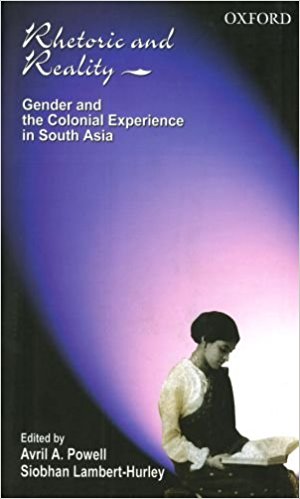This collection of ten essays explores the themes of domesticity, the body and modernity in colonial India, examining in the process the relationship between the ideal and the real with respect to gender ideologies in the colonial period. By the late nineteenth century, the home provided the space for the contestation of colonialism, the site where modernities were negotiated. How was the construction of modernity constituted by class? Swapna Banerjee in her exploration of the politics of mothering and domestic work, through domestic manuals and personal memoirs of the period, wonders whether aristocratic women who dared to live differently, in fact brought different behavioural standards for upper class women. Was the choice of living by different rules open to all women irrespective of class? Even within the aristocratic and relatively affluent classes, where change was not spontaneous, was there any way in which the colonial government could initiate change and chip away at female seclusion in barely perceptible ways? The questions raised by the Committee on Female Education in Bengal in 1908 whether it would be appropriate for purdanashin women,
October 2006, volume 30, No 10

